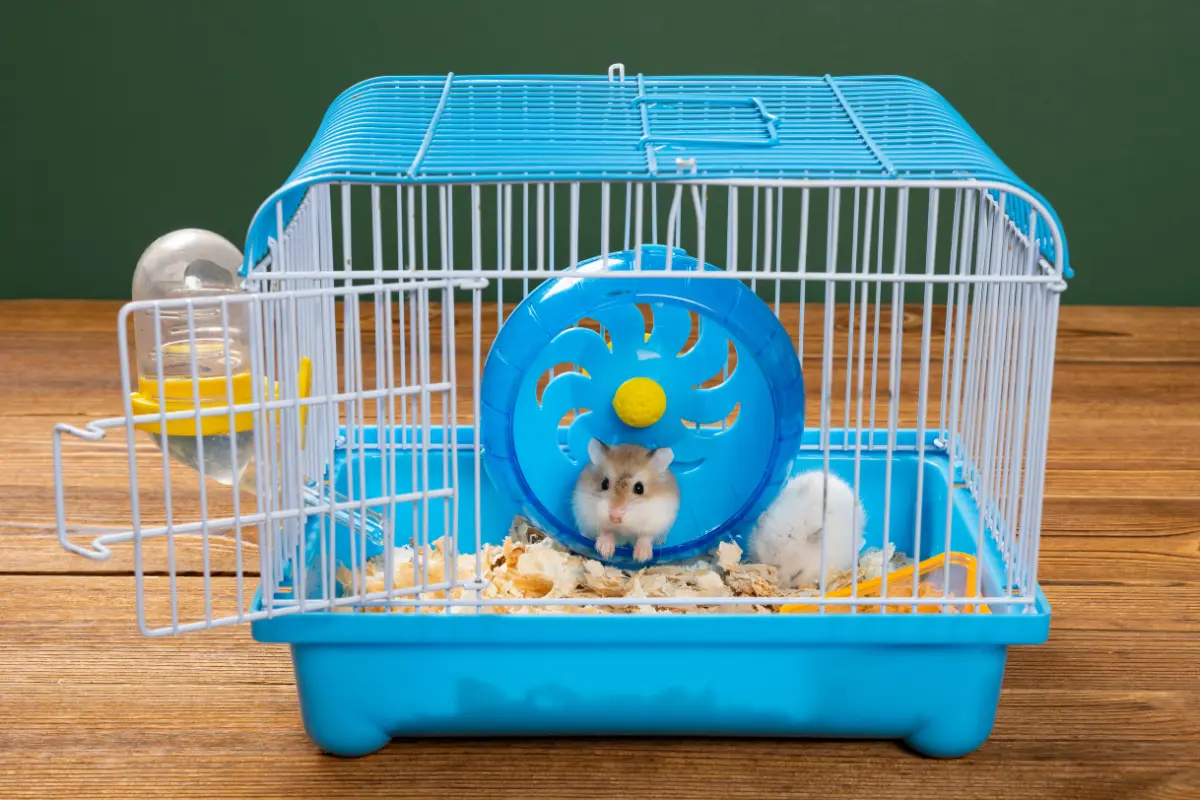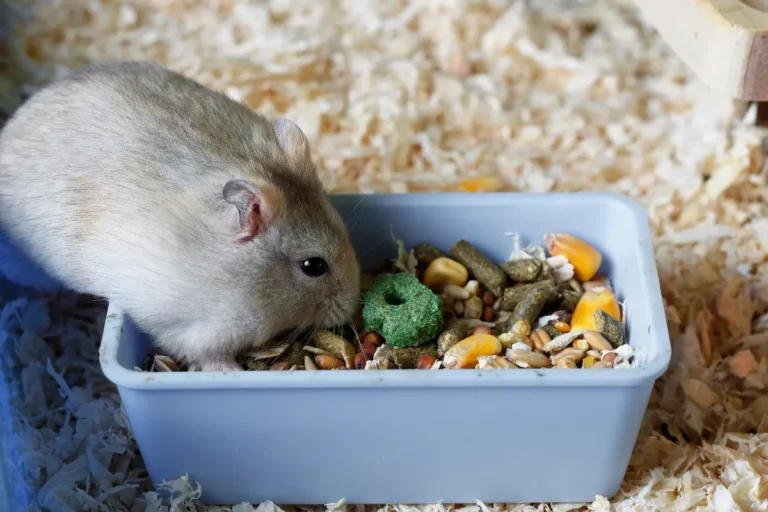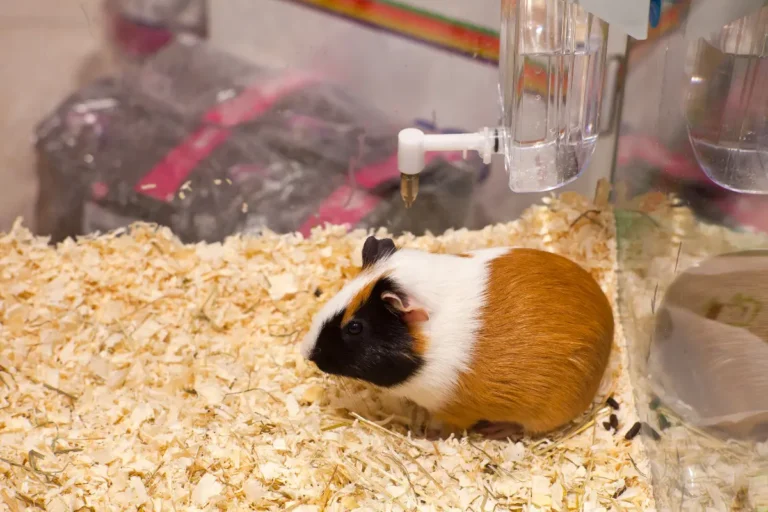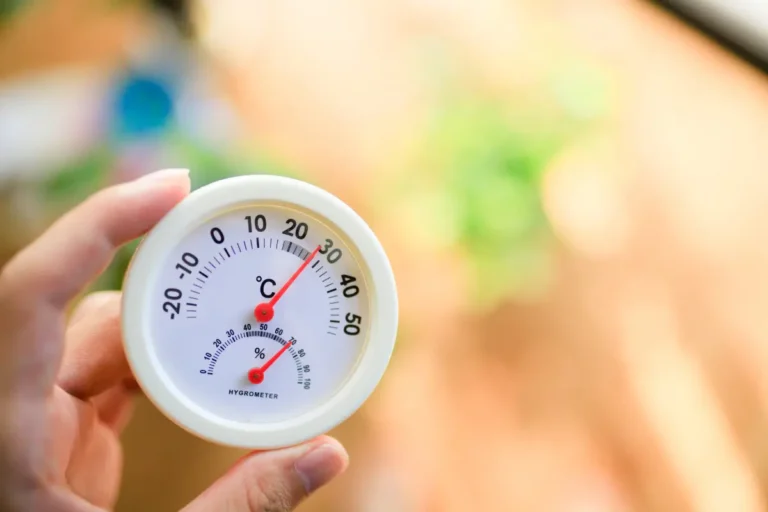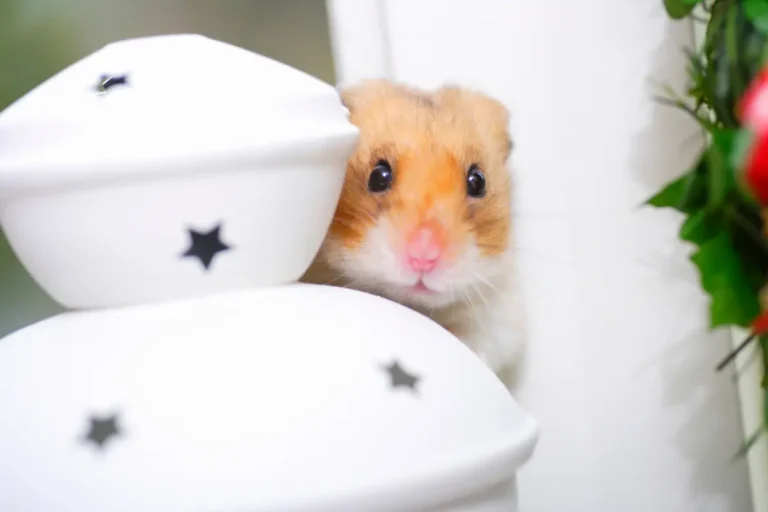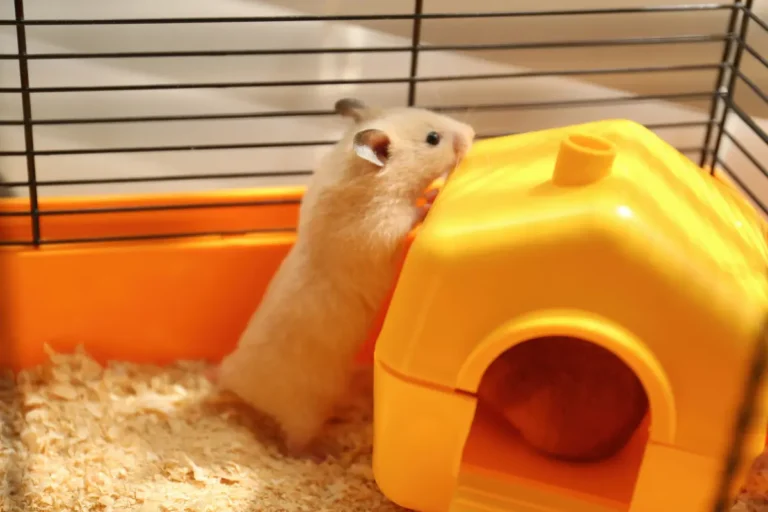How to Clean a Hamster’s Cage: A Step-by-Step Guide
Keeping your hamster’s cage clean is essential for their health and happiness. Regular cleaning helps prevent odors and ensures a safe and hygienic environment for your furry friend.
Whether you’re a first-time hamster owner or just looking to refresh your cleaning routine, this guide will take you through each step in detail to make the process easy and efficient.
1. Gather Cleaning Supplies
Before you begin, make sure you have all the necessary supplies to clean the cage efficiently. Here’s what you will need:
- Dustpan and Brush: These tools help make removing bedding much easier.
- Disinfecting Spray: Choose a natural all-purpose cleaner like Method, or you can make a water and vinegar solution. It’s important to use something safe and non-toxic for your hamster.
- Plastic Bag: To dispose of old bedding, you’ll need a sturdy plastic or garbage bag.
- Bedding: Refill your hamster’s cage with fresh bedding. Paper-based bedding, such as KT Clean & Cozy or Carefresh, is a great option. Avoid wood bedding like pine or cedar, which can harm your pet.
- Toys and Accessories: Consider new toys or shoes to enrich your hamster’s cage.
2. Prepare Your Hamster’s Temporary Housing
While you clean, place your hamster in a secure, safe space away from the cage. A small travel cage, carrier, or enclosed playpen works well.
Include a few familiar items like some bedding and a hideaway to help your hamster feel comfortable during the cleaning process.
3. Remove Everything from the Cage
Take out all accessories, toys, food dishes, water bottles, and any other cage items. Empty the bedding completely, using a scoop or dustpan to remove any remnants from corners and crevices.
Be sure to discard all soiled bedding, and if necessary, shake out any loose bedding that can still be reused.
4. Disinfect the Cage
Once the cage is empty, it’s time to disinfect it. A natural cleaner like Method or a DIY solution of water and vinegar will effectively clean without harming your hamster. It’s recommended to disinfect the cage every two to three cleanings to prevent overexposure to cleaning chemicals, which could be harmful to your pet’s immune system.
Spray the cleaner inside the cage and wipe it down thoroughly with a cloth or sponge. Make sure to clean every nook and cranny where dirt and germs can hide. Allow the cage to air dry completely before moving on to the next step.
5. Add Fresh Bedding
Next, it’s time to refill the cage with fresh bedding. Paper bedding like KT Clean & Cozy is highly absorbent and soft, making it a great choice for hamsters.
Avoid using fluff bedding, as it can be a choking hazard, and be cautious with wood-based bedding like aspen, as it doesn’t hold burrows as well as paper bedding.
Once the cage is filled with bedding, sprinkle a small amount of the old bedding on top, particularly in areas where your hamster sleeps. This helps retain familiar scents, making the transition to a fresh environment less stressful for your hamster.
5. Clean the Accessories and Toys
Your hamster’s accessories, such as their wheel, toys, and hideouts, should also be cleaned regularly. Take all plastic items and soak them in warm water with a bit of dish soap to disinfect them. Be sure to scrub away any built-up dirt or grime. For the wheel, focus on cleaning the interior thoroughly to avoid any smells or bacteria buildup.
After soaking, rinse everything thoroughly to remove any soap residue, then allow the items to dry completely before placing them back in the cage.
6. Rearrange and Decorate the Cage
Once everything is cleaned, it’s time to put the cage back together. This is the fun part! You can personalize the cage with new decorations or rearrange existing items to give your hamster a fresh, exciting environment.
Add eco-friendly items like wood chews, tubes, or sand baths for enrichment. Hamsters love to have a variety of things to explore and interact with in their habitat. Be sure to include chew toys, as hamsters’ teeth grow continuously and need to be worn down to avoid dental issues.
7. Refill Water and Food Dishes
Before completing the cleaning, don’t forget to refill your hamster’s water bottle or dish with fresh water. It’s essential to ensure your hamster has access to clean water at all times.
Place their food dish back into the cage and scatter-feed a bit of food around the cage to encourage foraging behavior. This not only provides mental stimulation but also helps your hamster feel more engaged in their environment.
8. Let Your Hamster Explore
Once the cage is fully cleaned, and everything is back in place, it’s time to let your hamster explore their newly refreshed home. This is a great opportunity to observe their behavior as they rediscover their environment.
You might notice your hamster burrowing and marking their scent; this is normal and helps them feel secure in their space again.
Tip: You can add a small amount of unsoiled, familiar bedding from the previous setup to maintain their scent and make the transition smoother.
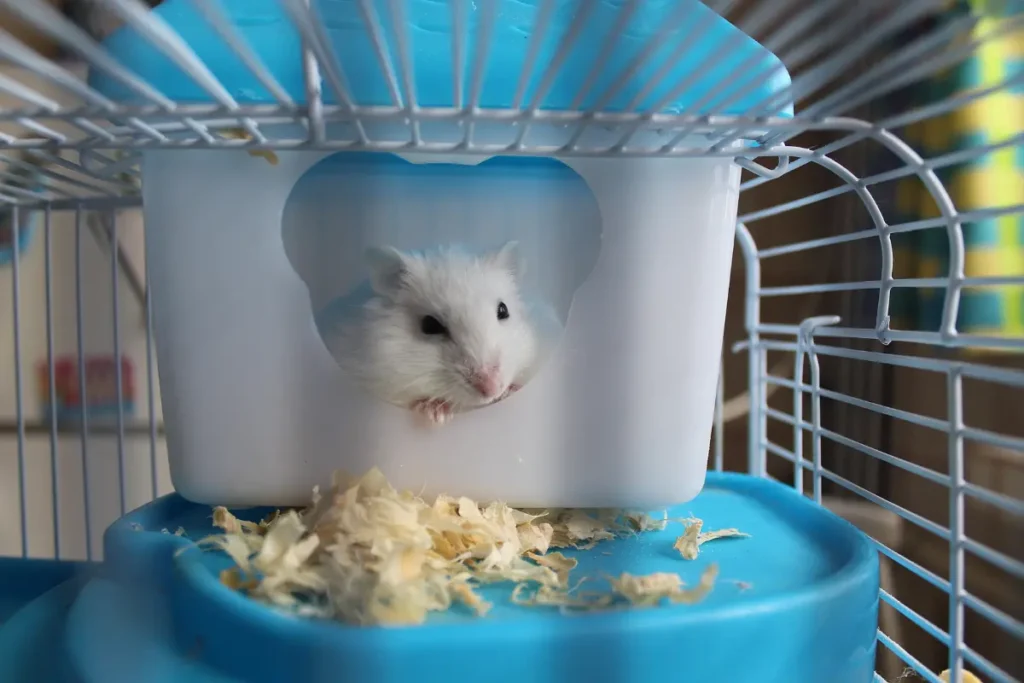
Important Tips for Keeping Your Hamster’s Cage Clean
- Use Safe Bedding Materials: Only use hamster-safe bedding like aspen or paper-based options. Avoid scented or dusty bedding, which can lead to respiratory issues.
- Regular Water Bottle Checks: Ensure the water bottle is functioning and clean. Sometimes water bottles can develop mold or bacteria if not cleaned regularly.
- Rotate Toys and Accessories: To keep your hamster mentally stimulated, rotate toys and accessories every few weeks. This keeps the cage interesting without overcrowding.
- Avoid Over-Cleaning: Over-cleaning can be stressful for hamsters as they rely on their scent for familiarity. Spot-clean as needed, but avoid completely rearranging or deep cleaning too frequently.
- Create a “Potty Area”: If possible, train your hamster to use a specific area of the cage for bathroom purposes. Many hamsters naturally choose a spot, and adding a small litter tray in this area can simplify cleaning.
How Often to Clean Your Hamster’s Cage
The frequency of cage cleaning depends on the size of the cage, the type of bedding, and the number of hamsters sharing the space. Here’s a general cleaning schedule:
- Daily Spot Cleaning: Remove soiled bedding, droppings, and uneaten food.
- Weekly Deep Clean: Clean the entire cage, including accessories, to ensure there’s no build-up of waste or odor.
- Monthly Full Disinfection: Do a thorough disinfecting of the cage and all accessories to eliminate any hidden germs or parasites.
Cleaning your hamster’s cage may seem like a lot of work, but it’s one of the best ways to keep your pet healthy and happy. With a well-organized cleaning schedule, you’ll quickly find a routine that keeps the cage fresh, minimizes odors, and ensures your hamster has a safe, comfortable environment to enjoy.
